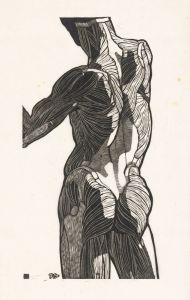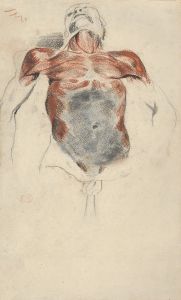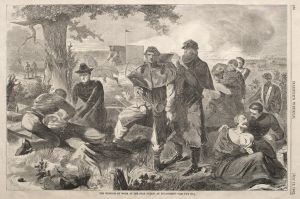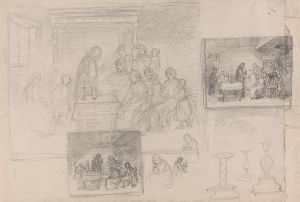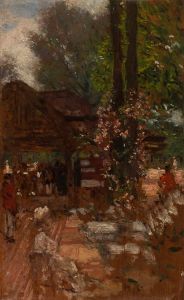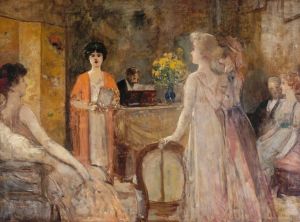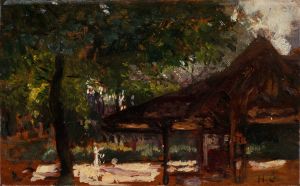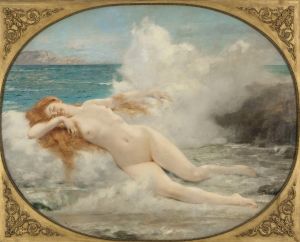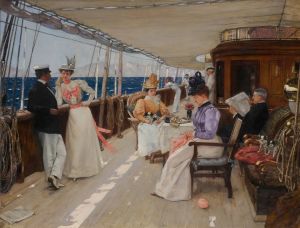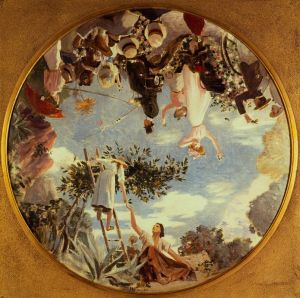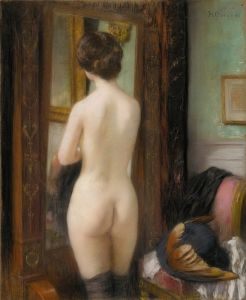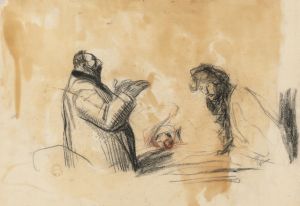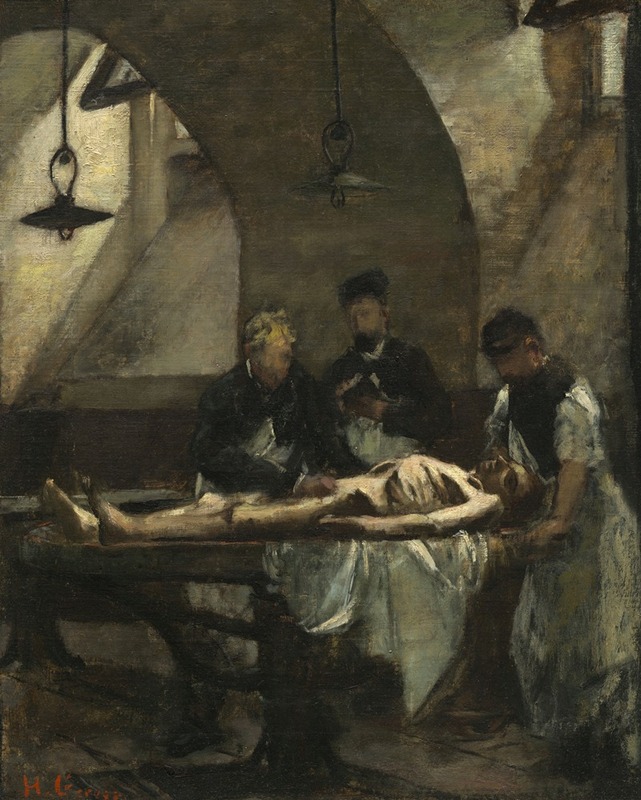
Study for ‘Autopsy at the Hotel-Dieu’
A hand-painted replica of Henri Gervex’s masterpiece Study for ‘Autopsy at the Hotel-Dieu’, meticulously crafted by professional artists to capture the true essence of the original. Each piece is created with museum-quality canvas and rare mineral pigments, carefully painted by experienced artists with delicate brushstrokes and rich, layered colors to perfectly recreate the texture of the original artwork. Unlike machine-printed reproductions, this hand-painted version brings the painting to life, infused with the artist’s emotions and skill in every stroke. Whether for personal collection or home decoration, it instantly elevates the artistic atmosphere of any space.
Henri Gervex's Study for ‘Autopsy at the Hôtel-Dieu’ is a preparatory work created by the French painter Henri Gervex (1852–1929), a prominent figure in 19th-century academic and realist art. Gervex was known for his detailed and often provocative depictions of contemporary life, as well as his contributions to historical and medical-themed paintings. This study is associated with his larger, more ambitious work titled Autopsy at the Hôtel-Dieu, which reflects his interest in the intersection of art, science, and medicine.
The painting depicts a scene of medical professionals conducting an autopsy in the Hôtel-Dieu, one of the oldest hospitals in Paris, which has a long history dating back to the 7th century. The hospital was a center for medical education and research, making it a fitting subject for Gervex's exploration of modern scientific practices. The study captures the solemn atmosphere of the autopsy room, with a focus on the figures of the doctors and their meticulous work. Gervex's attention to anatomical detail and the realistic portrayal of the human body demonstrate his commitment to accuracy and his engagement with the scientific advancements of his time.
This preparatory study likely served as a way for Gervex to experiment with composition, lighting, and the arrangement of figures before completing the final version of the painting. Such studies were a common practice among academic painters, allowing them to refine their ideas and ensure the final work conveyed the intended narrative and emotional impact.
While Study for ‘Autopsy at the Hôtel-Dieu’ is not as widely recognized as some of Gervex's other works, it exemplifies his ability to blend realism with a sense of drama and humanity. The painting also reflects broader trends in 19th-century art, where themes of science, medicine, and modernity were increasingly explored by artists seeking to document and comment on the rapidly changing world around them.
Further details about the specific date of creation or the current location of the study are not readily available. However, Gervex's contributions to art and his engagement with contemporary themes continue to be appreciated by art historians and enthusiasts alike.





